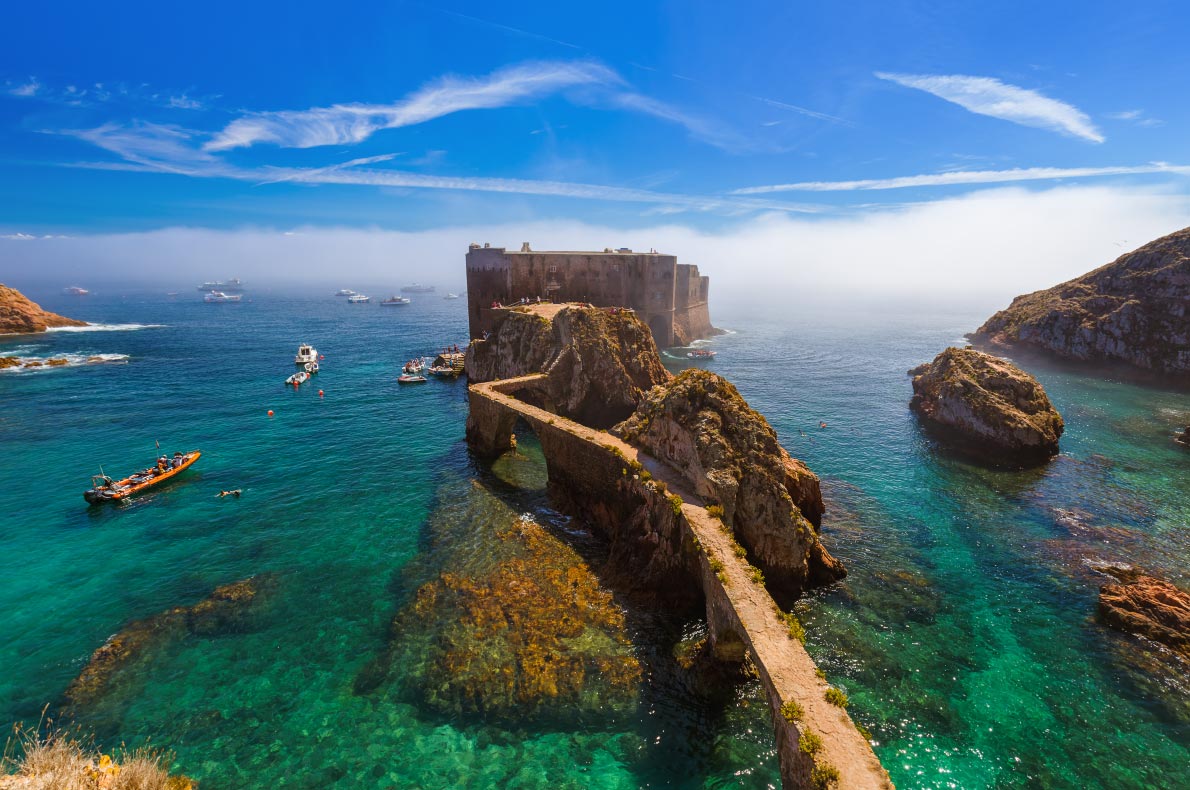Portugal: A Hidden Gem in Western Europe
A Country Rich in History and Culture
Portugal has a long and rich history dating back thousands of years. As one of the oldest nations in Europe, Portugal established itself as a sovereign kingdom in the 12th century and became one of the earliest colonial powers, founding trading posts and colonies around the world. Portugal maritime exploration golden age began in the 15th century under the reign of Prince Henry the Navigator, who helped pave the way for significant Portuguese discoveries and expansion. By the 16th century, Portugal had established the first global empire and was a major economic, political and military power. While Portugal no longer holds the vast colonial empire of centuries past, it remains one of the greatest maritime nations with a rich cultural heritage shaped by its explorers and immigrants from formerly colonized lands. to this day, Portuguese cuisine, music, architecture and language all reflect the blending of Portuguese and foreign cultural influences accumulated through Portugal’s history of exploration and interaction with people from Asia, Africa and South America.

A Land of Natural Beauty and Traditional Charm
Portugal is renowned for its natural beauty, with miles of rugged coastline dotted with small fishing villages, beautiful beaches, colorful fishing boats and picturesque cliffs dropping into the azure ocean. Inland, Portugal mountain scenery includes dramatic granite peaks, lush river valleys and rolling vineyards. Portugal’s landscape ranges from rugged volcanic islands to verdant valleys and is home to diverse flora and fauna. Much of Portugal also retains traditional charm, with whitewashed villages, cobblestone streets and centuries-old buildings constructed from local stone. Traditional crafts, music, dance and costume remain an integral part of Portuguese culture and heritage. Some of the best parts of experiencing Portugal involve exploring picturesque towns, learning about history, traditions and local livelihoods from the people, tasting regional foods and wines, and taking in incredible vistas. Whether along the coast or inland regions, Portugal offers a tapestry of natural beauty, heritage and hospitality seldom found elsewhere in Europe.
Treasures of Portugal’s Diverse Regions
Portugal can be roughly divided into three main regions - Northern Portugal, Central Portugal and Southern Portugal - each with its own unique character, culture and notable destinations. Northern Portugal includes the scenic Minho region known as the “Green Portugal” for its verdant landscapes of valleys, villages and vineyards. The capital city of Porto sits along the Douro River, renowned for its ports, and is famed for its historic center, bridges and seafood culture. Central Portugal features the beautiful Beiras region and historic university city of Coimbra. It is also home to some of Portugal’s most iconic destinations like Fatima religious site which attracts millions of pilgrims annually. Central Portugal has idyllic natural parks, medieval castles and picturesque whitewashed villages perched atop hills. Southern Portugal comprises the sunny Alentejo and Algarve regions. The Alentejo is a rolling landscape of wheat fields, cork oak trees and isolated stone farmhouses known as “Portugal’s larder” for its hearty cuisine. The Algarve is Portugal’s most popular coastal region, world-renowned for its unique limestone cliffs, long sandy beaches and mild year-round climate that has made it a top European beach destination. With its diverse cultures, landscapes and festivals throughout the year, Portugal has so much to offer visitors willing to explore beyond just Lisbon and Porto.
Cultural Cities of Lisbon and Porto
Portugal’s capital and largest city, Lisbon sits on seven hills overlooking the Rio Tejo River estuary. With its unique blend of Mediterranean and Atlantic influences, Lisbon has endlessly fascinating neighborhoods to explore like historic Alfama filled with labyrinthine alleys, Miradouro belvederes with stunning views, and the waterfront district of Belem known for its iconic Tower. Enjoy the sights but also soak in local vibes through Fado music performances, tram rides and pastéis de nata. Porto, Portugal’s second largest city, is renowned as the birthplace of port wine and is one of Europe’s most charismatic cities. Wander the medieval Ribeira district and take in stunning vistas of the Douro River and historic bridges. Sip ports at riverside wine cellars, visit museums, explore 18th-century manor houses, stroll botanical gardens and relax along the Atlantic coast. Both cosmopolitan cities offer a taste of Portugal’s rich cultural heritage and excellence in crafts like Azulejo tilework ubiquitous on facades.
Vibrant Festivals and Holiday Destinations
Portugal comes alive with festivals and events year-round, from winter Christmas markets to summer sardine festivals. Religious festivals of Fatima attract millions of pilgrims to witness mystical phenomena. In June, the Festa de Santo António is celebrated nationwide with elaborate altars, masked devils and barbecues. Portugal’s parties inspired the lively “festas” seen globally and festival season is a joyous time to experience the warm Portuguese soul.
Beyond cities, Portugal’s coast and islands make idyllic beach and nature escapes. The Algarve and Madeira are top European sunny winter getaways with mild climates, surfing, hiking and scenic drives. The remote Azores islands offer whale watching, hot springs, volcanic lakes and crater landscapes amidst Atlantic Ocean vistas. Portugal’s varied natural beauty and cultural riches, old and new, are waiting to be discovered throughout the year by visitors willing to venture beyond expectations.
